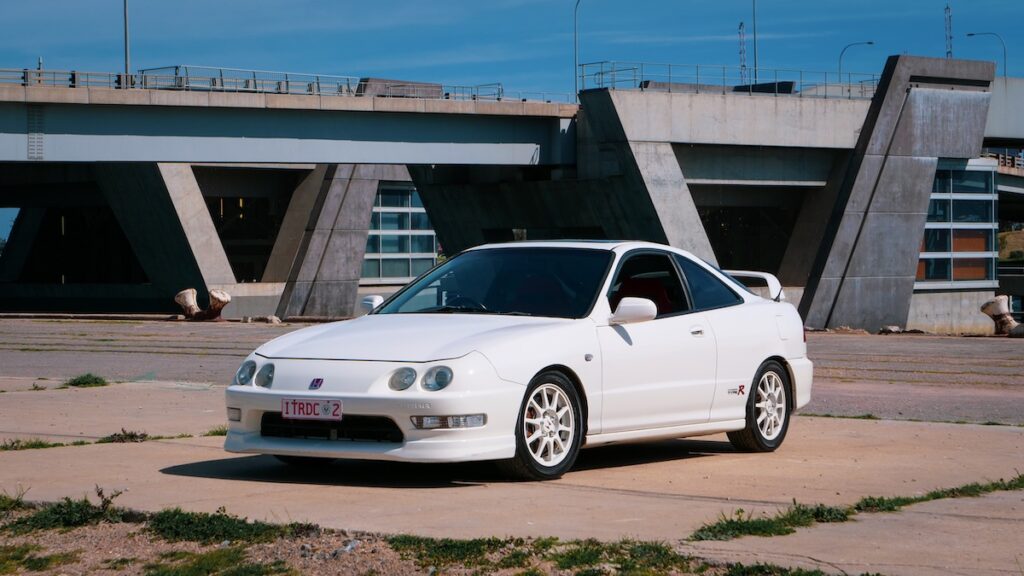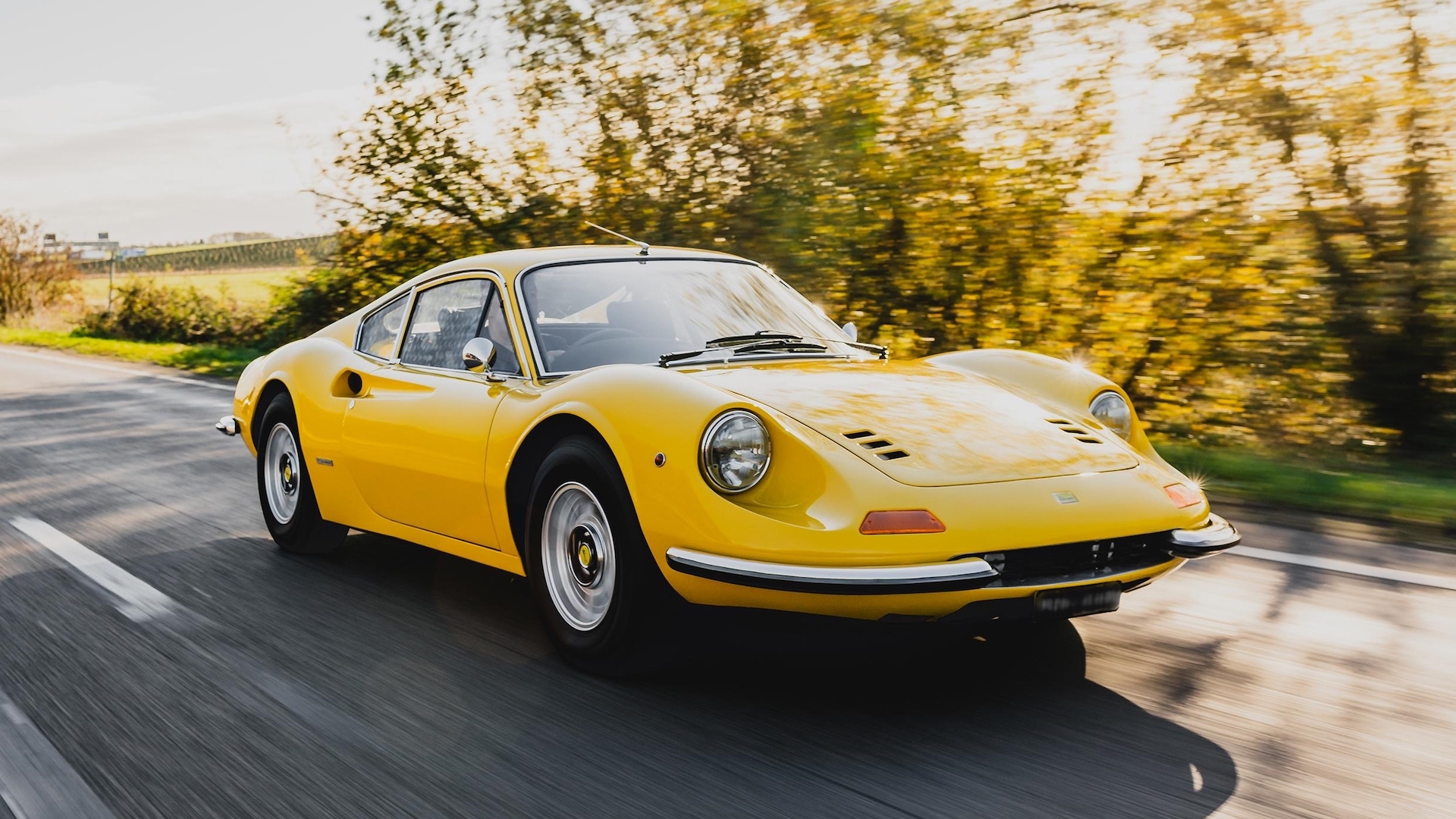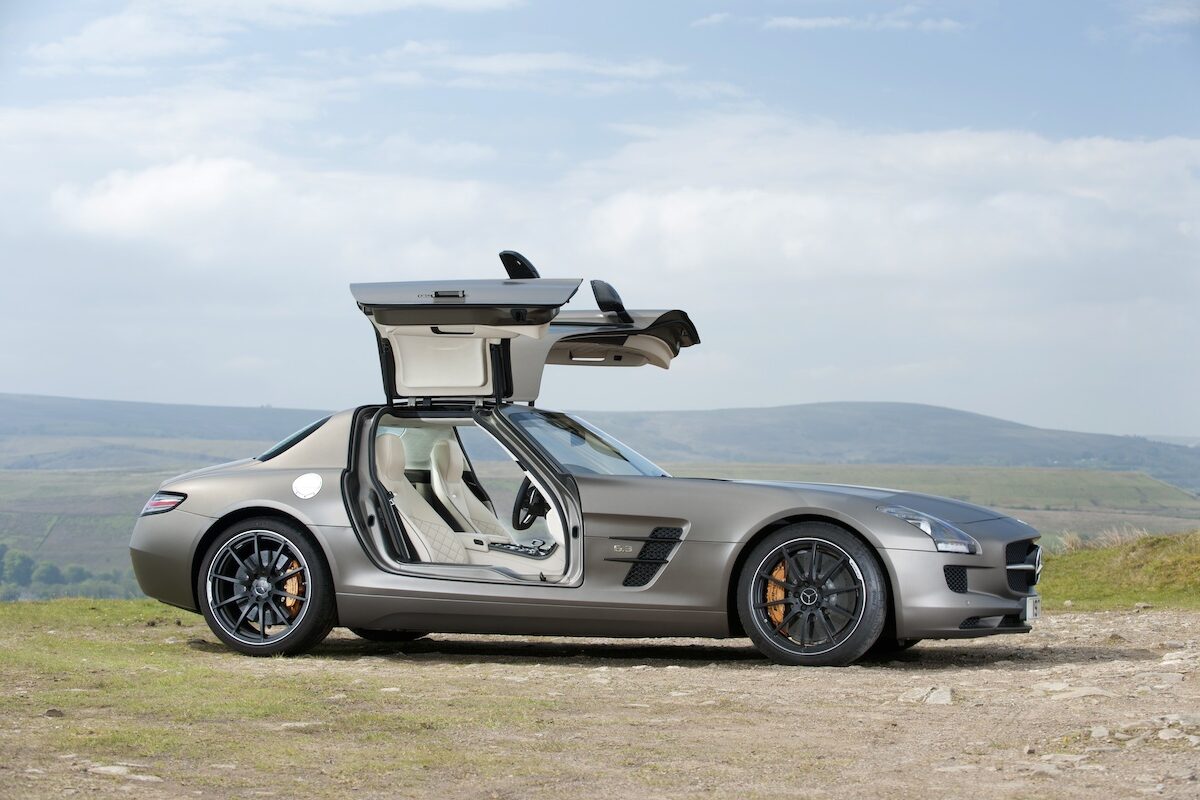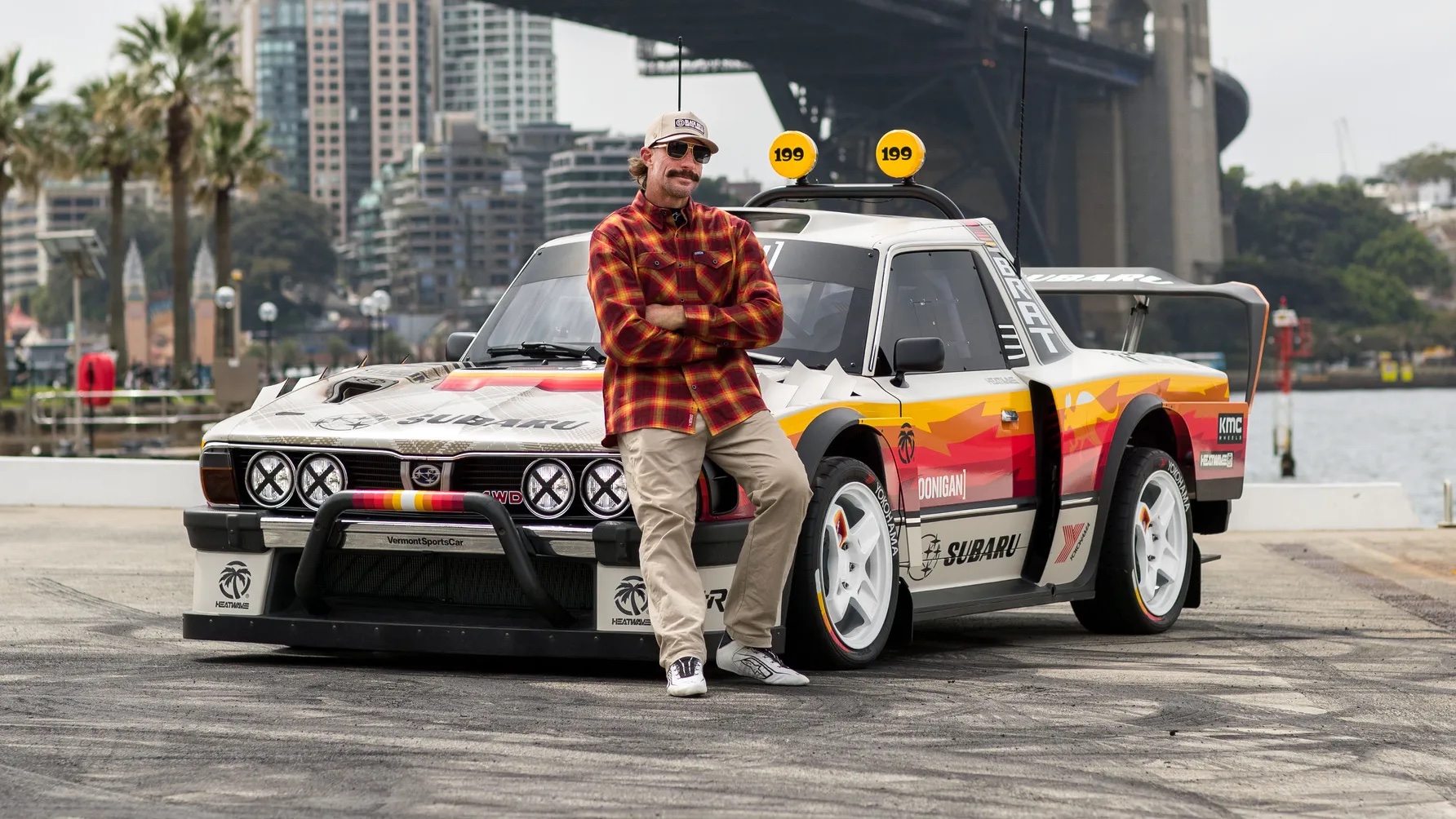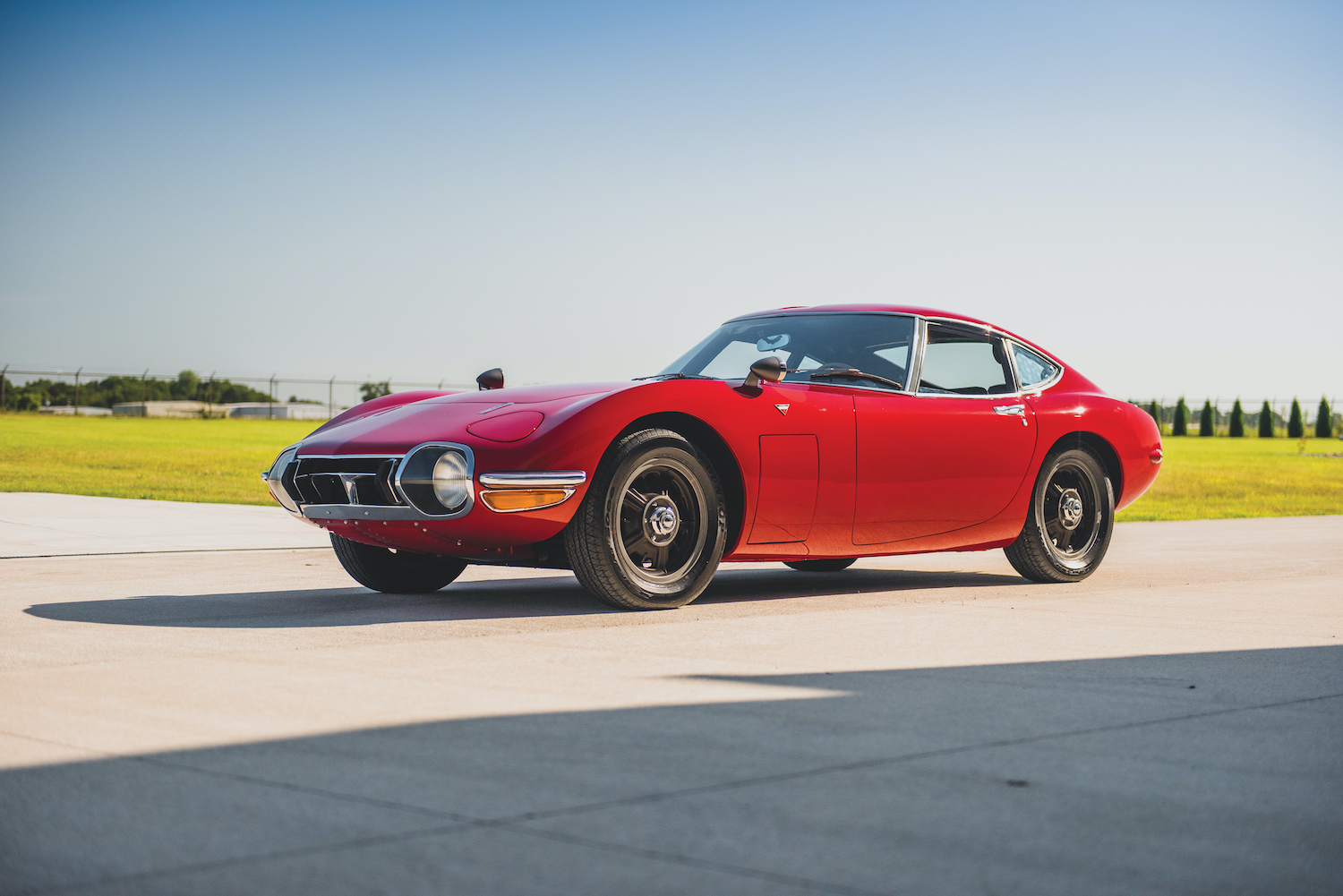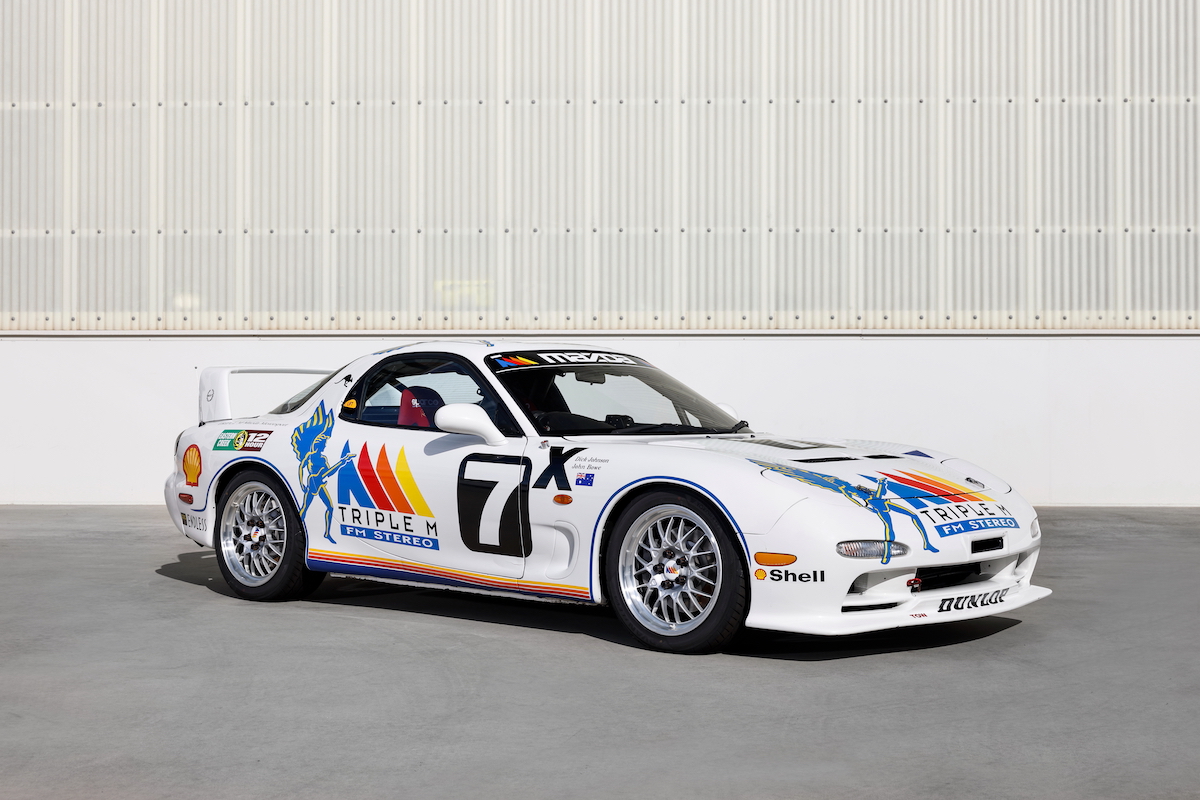The first-generation Honda Integra arrived in Japan in early 1985 as an attractive mid-priced coupe in the mould of Toyota’s Celica. A year after going on sale in Japan, the Integra was launched in the USA as part of Honda’s then-new Acura luxury brand.
The Integra was primarily equipped with a 1.6-litre DOHC 16-valve four-cylinder that produced a modest 83kW, with a 125kW VTi-R version becoming available in 1993, followed in 1999 by the 1.8-litre, 141kW Type R.
These later, performance-oriented Integras had been produced for the Japanese Domestic Market (JDM) since 1996 and some privately imported cars do exist in the Australian market.
But we’re focused here on examples of the ‘DC2’ Type R which launched locally in late 1999, equipped with the feisty ‘B18C’ twin-cam VTEC 1.8-litre four-cylinder producing a heady 141kW.
These Type Rs could be found in a strident shade of yellow, plus red and white as well. Making sure nobody confused them with an ordinary VTi-R there were ‘Type R’ decals for each side, specially shaped 15-inch alloy wheels and a high rear wing.
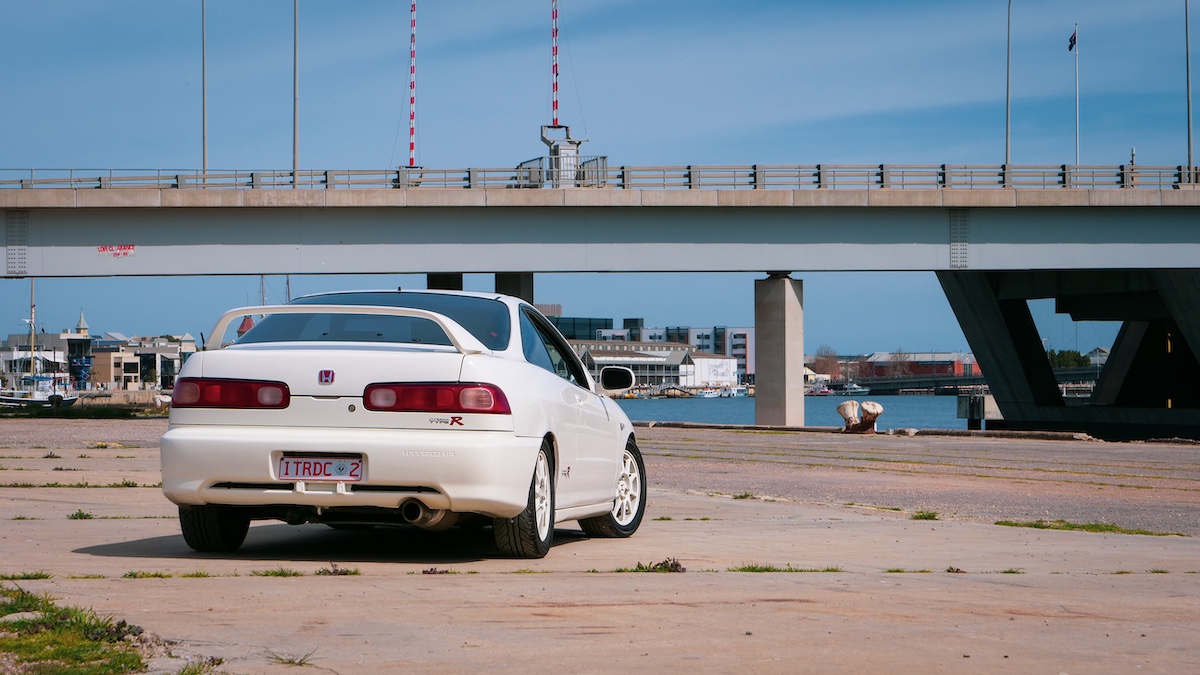
Integra Type Rs were by no means luxurious, but the cabin was neatly finished and certainly put the similarly priced Subaru Impreza WRX to shame.
Occupying the Honda interior were well-shaped cloth seats by Recaro, power windows, dual airbags, a leather-bound Momo steering wheel and, the piece de resistance, a lovely titanium gear knob with which to operate the five-speed close-ratio ‘box.
Deleting much of the standard Integra’s sound deadening and features like the electric sunroof helped prune weight by almost 50kg to a svelte 1087kg and kept the Type R’s introductory price to a WRX-rivalling $39,950.
Attention to body strengthening included a strut brace under the bonnet plus additional support beneath the floor and in the luggage compartment, helped provide a significantly stiffer structure. Honda then added uprated springs and suspension bushings, plus substantial anti-roll bars front and rear. To help with weight distribution, the 50-litre fuel tank was located under the rear seat.
Type R versions of the B18C Integra engine were assembled by specialists in Honda’s Suzuka factory, with around 60 engine components being either bespoke or uprated.
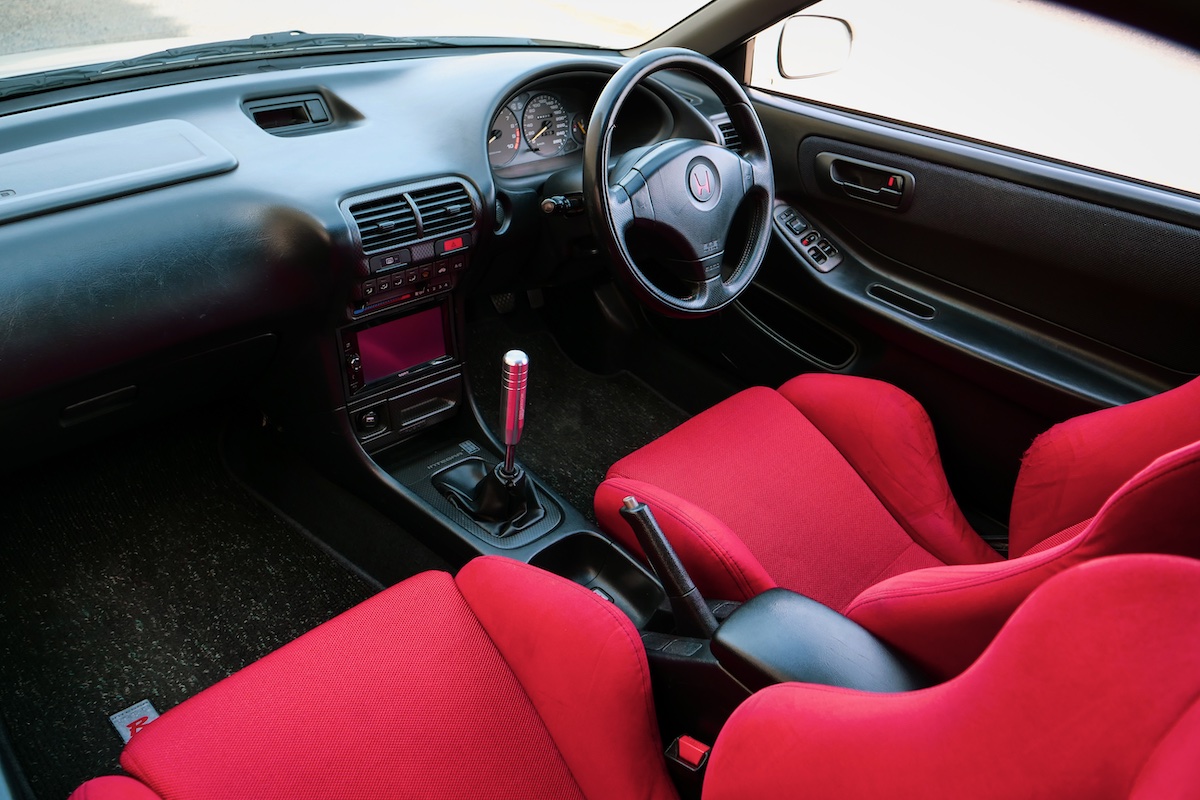
Matching pistons and shimming camshafts helped ensure the busy engine could rev reliably to its 8400rpm redline, with the hydraulically-actuated, electronically controlled VTEC system engaging at 5800rpm to deliver an exhilarating shove in the back.
Competition and track-day sprints were the Type R’s primary focus and local versions were soon doing battle in the hotly contested GT-Production series. While beating Subaru’s all-wheel drive WRX was too big an ask, the 2000 and 2001 seasons brought consistent class victories against Celicas and 200SX Nissans.
A 2.0-litre update that arrived in late 2001 boosted power to 149kW and brought the major improvement of a six-speed transmission, yet weight remained light at 1110kg while sophisticated traction control and a helical limited slip differential (also fitted to the earlier 1.8-litre model) helped ensure good power-down and limited wheelspin.
Honda engines love to rev and VTECs especially so. Between 5000 and 8000rpm the throttle pedal acted as a second source of steering input – straightening the exit from one bend, then encouraging the tail to step outward and tighten the car’s entry to the next one.
Tested under racetrack conditions, the only bad behaviour to surface occurred when the limitations of the Type R’s relatively narrow rubber were reached. Even then, it was the rear end rather than the front that would first show signs of instability.
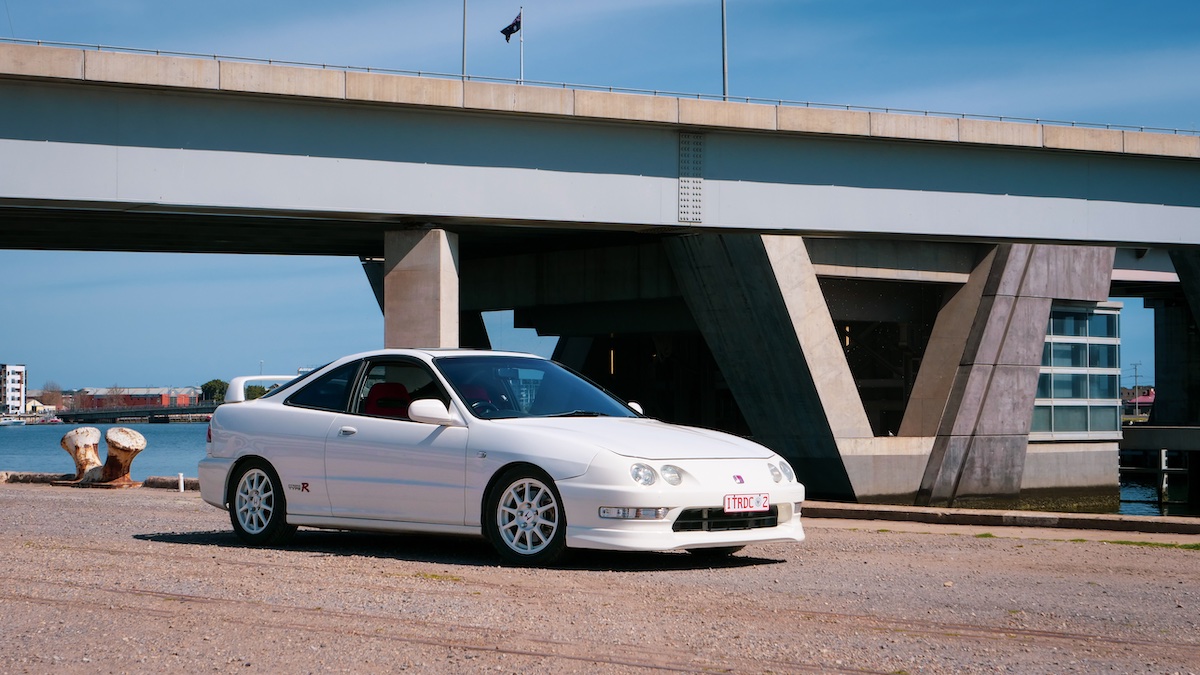
Type R accommodation is comfortable without being sumptuous and anyone who is broad in the torso may find the grippy seats too constricting. Headroom can also be an issue for taller occupants.
Fuel economy is excellent for a car with this level of performance. In 2001, Wheels magazine recorded average consumption of 9.2L/100km, but do note that Type R engines have a high 11.1:1 compression ratio, thus requiring expensive 98 RON fuel.
Considering it is a car without the all-wheel grip of rivals the Subaru Impreza WRX and Mitsubishi Lancer Evo, the Honda Integra Type R is still held in high regard by fans of late 1990s and early 2000s Japanese performance car.
Examples showing 150,000km to 200,000km currently cost $35,000 to $40,000, while those showing half that distance can be $20,000 more expensive.
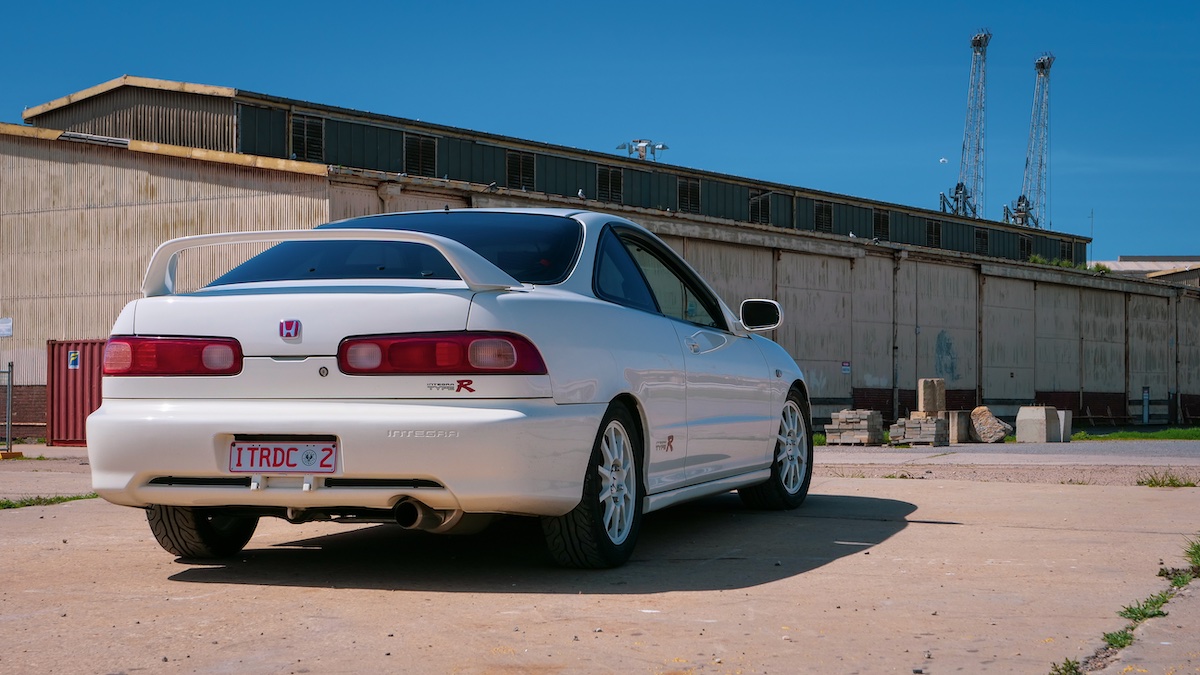
Things To Watch Out For When Buying a Used Honda Integra Type R (1999-2002)
- Service history needs to be complete and confirm regular oil changes.
- Performance should lift noticeably from 5700rpm when the VTEC system activates.
- Inconsistent paint quality and panel fit indicating sub-standard crash repairs.
- Check rear wing mounting points for cracks.
- Clutch wear and shudder resulting from high rpm standing starts.
- Inner edge tyre wear, due to extreme camber adjustment.
- Knocking from the front end when accelerating can denote worn CV joints or a failing differential.
- Worn seat bolsters which will need repair by a motor trimmer.
- If travelling outside populated areas, remember you only have an 80km/h temporary spare tyre.
Valuation Timeline: Honda Integra Type R (1999-2002)
-
2005$18,000
-
2014$15,500-13.89%
-
2020$19,500+25.81%
-
2025$34,000+74.36%

